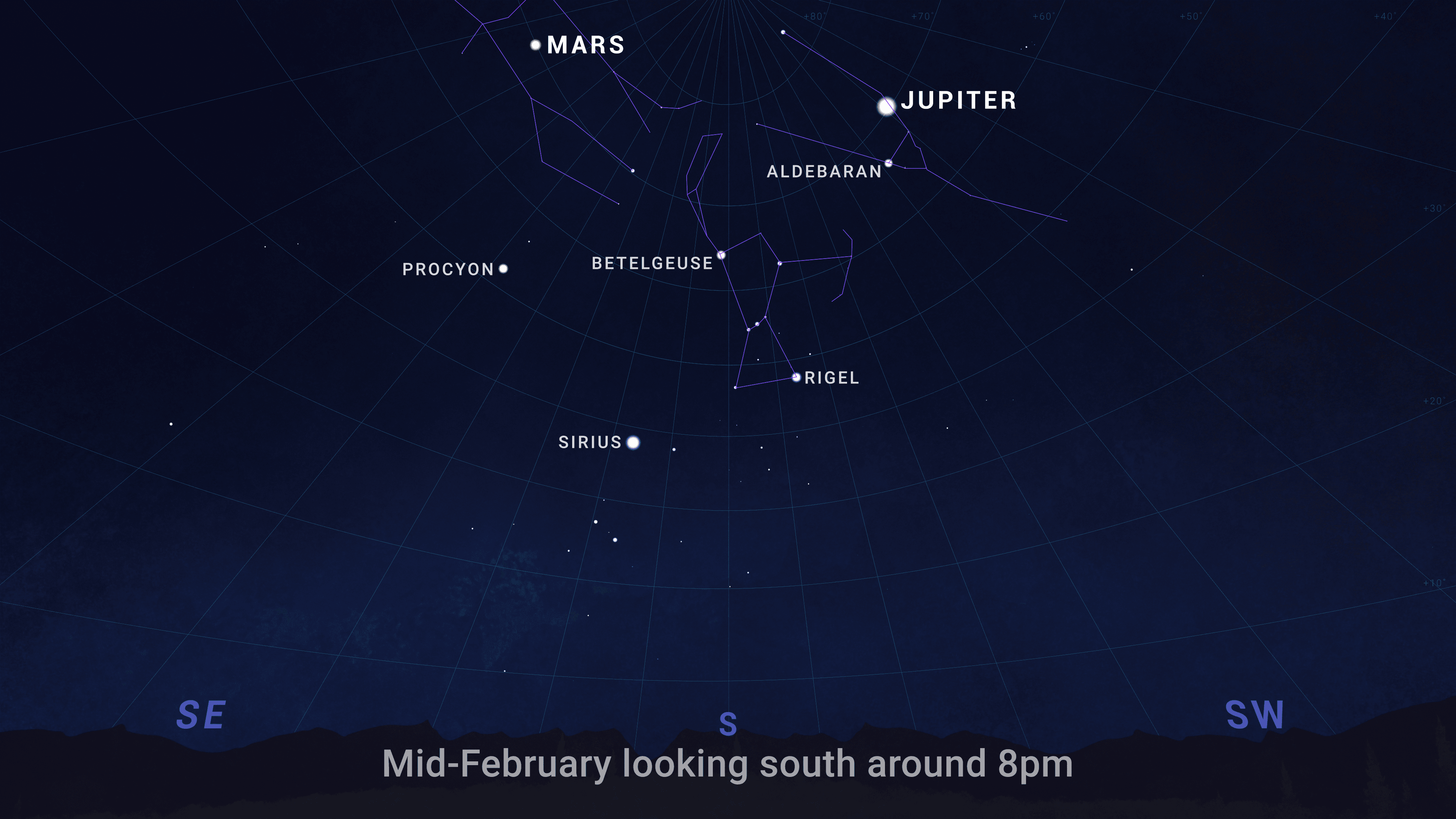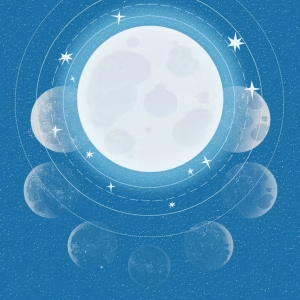February is a fantastic month for astronomers and stargazers. The winter sky is crisp and clear, offering breathtaking views of a range of bright planets. Whether you're a novice observer or a seasoned astrophotographer, this month is your chance to admire Venus, Mars, Jupiter and more. Read on to find out how best to see these planets and what special astronomical events you won't want to miss.
What can you expect this month?
This month, the bright planets extra bright and are easily visible to the naked eye or with a telescope. Here are the highlights:

Planetary visibility in February
- Venus - The evening star shines brightly in the west after sunset and is at its brightest this month.
- Mars - Visible high in the east in the evening, recognizable by its amber glow.
- Jupiter - Stands high in the sky and is one of the most striking objects in the night sky.
- Saturn - Still visible low in the west in early February, but slowly disappearing from the evening sky.
- Mercury - Visible at the end of the month just above the horizon after sunset.
Important celestial phenomena in February
Feb. 1 - Venus and the Moon
The narrow crescent moon is close to the bright planet Venus, a beautiful sight at sunset in the west.
Feb. 3 - Venus guiding Neptune
Want to observe Neptune? Use Venus as a reference point! The two planets are relatively close together and can be easily distinguished with a telescope or binoculars.
Feb. 5 - The Moon and the Pleiades
The Moon passes the famous star cluster the Pleiades in the constellation of Taurus, a magnificent sight for stargazers.
Feb. 12 - Full Moon
The Moon is fully illuminated this night and lights up the sky, but can make observing fainter objects such as galaxies difficult.
Feb. 12/13 - All Jupiter moons west of the planet
This is a perfect time to see Jupiter's four Galilean moons at a glance.
Feb. 17 - All Jupiter moons east of Jupiter
Another chance to observe the Jupiter moons in a unique formation.
Feb. 28 - New Moon
The night sky is now extra dark, ideal for spotting deep-sky objects such as nebulae and galaxies.
What is the best way to see the planets?
- Find a dark location - Avoid light pollution and find a place outside the city.
- Use binoculars or telescopes - Although the brightest planets can be seen with the naked eye, a telescope offers a spectacular level of detail.
- Check the right times - The planets change position during the night. Use a stargazing app or a star chart to see when they are visible at their best.
- Choose a clear evening - The best observations are made on an evening with cloudless skies.
Choose the right telescope for planetary observation
Are you looking for a telescope to bright planets and deep-sky objects to view? At Telescope.co.uk you will find the best telescopes for both beginners and advanced astronomers. Browse our collection and find out which telescope best suits your needs!
🔭 Check out our top picks for planetary observation here! Buy Telescope
Don't miss a single astronomical event!
Want to stay up to date on the best celestial phenomena and receive tips on stargazing? Sign up for our newsletter and receive monthly updates and exclusive discounts on telescopes and accessories!
Conclusion
February offers a plethora of brilliant celestial phenomena and is a fantastic month to visit bright planets observe. Whether you want to see Venus in all its splendor, follow Jupiter's moons or spot Mars, there is something special for every stargazer. Grab your telescope or binoculars and enjoy the spectacle our night sky has to offer!
🌠 Have you made a nice observation? Share your photo with us, send it through the mail and who knows, maybe you'll be on our photo gallery page soon!







